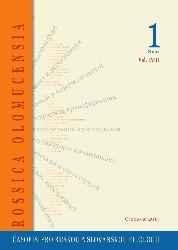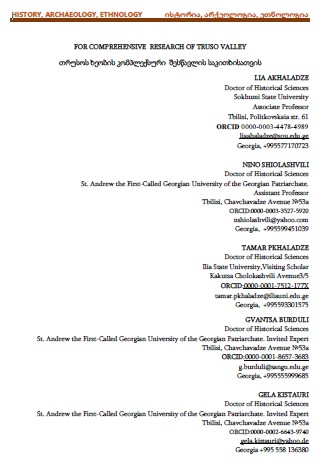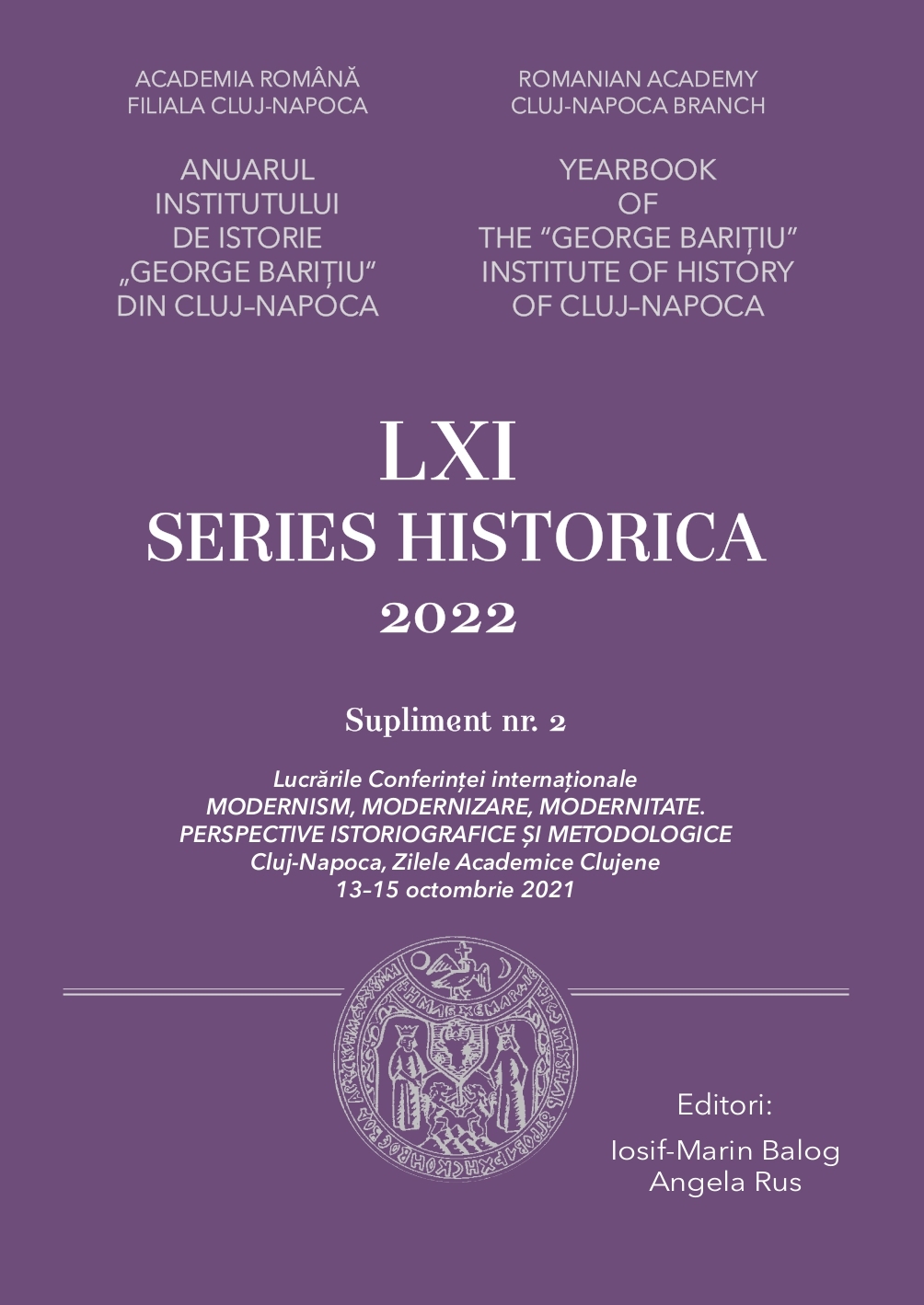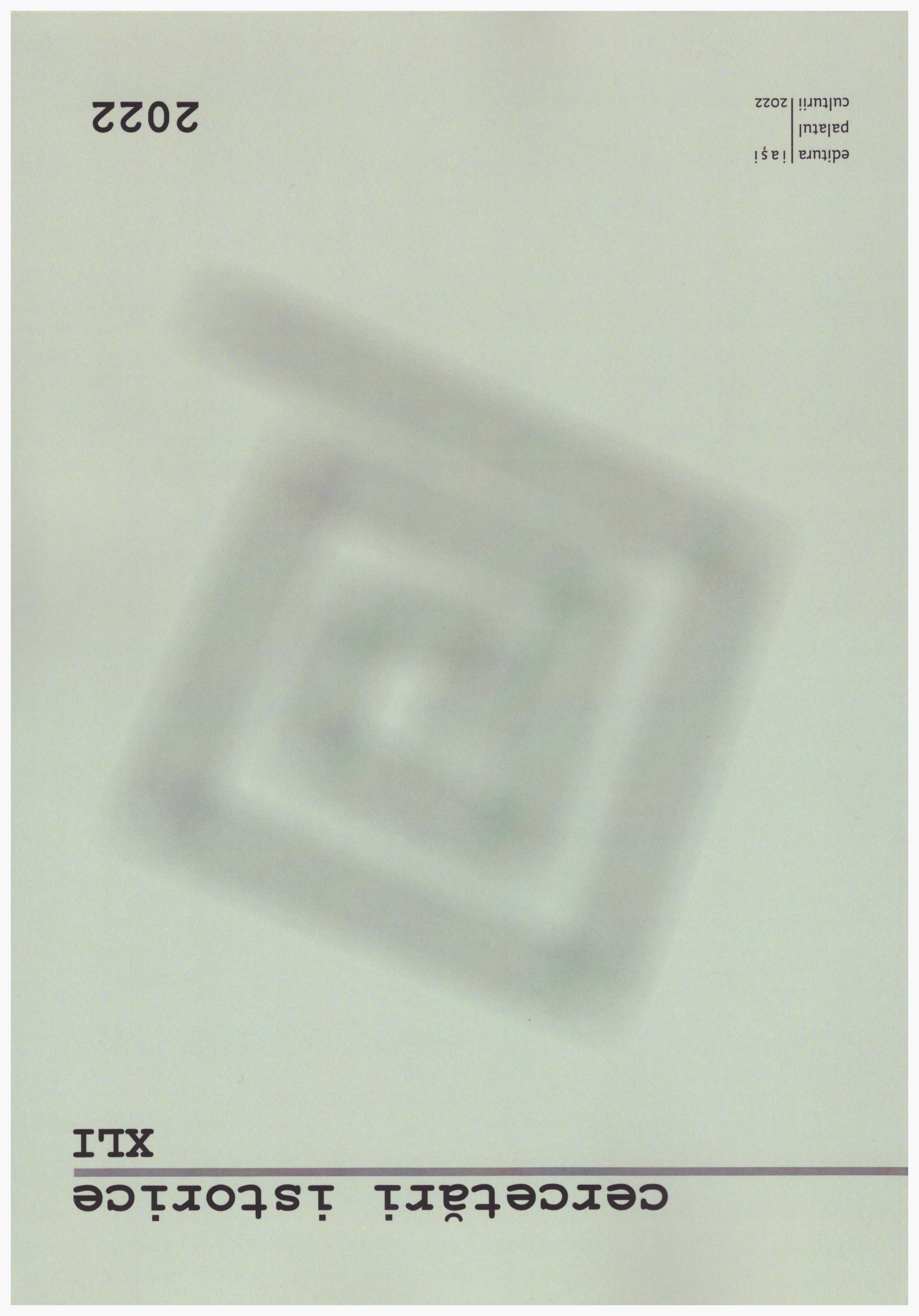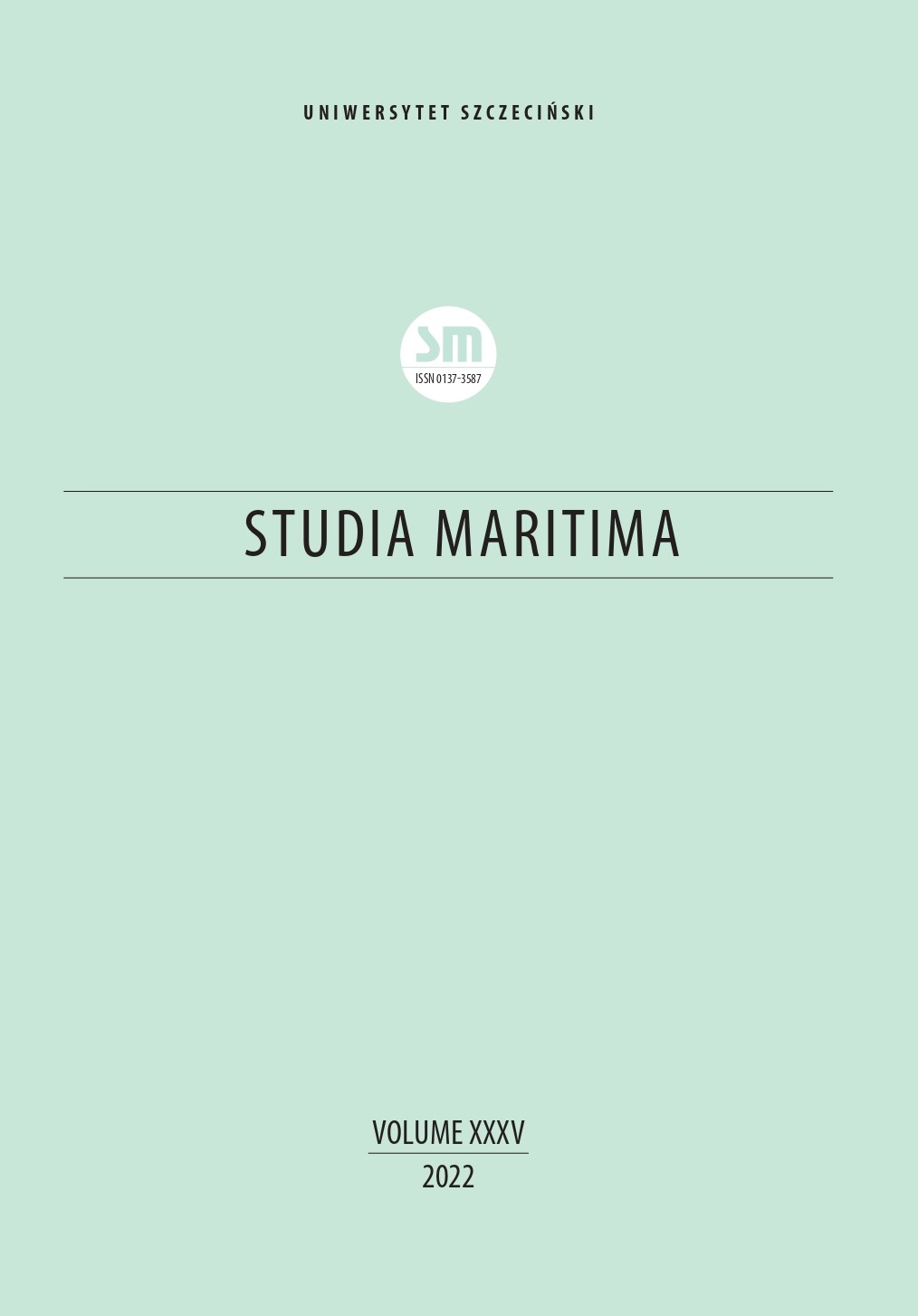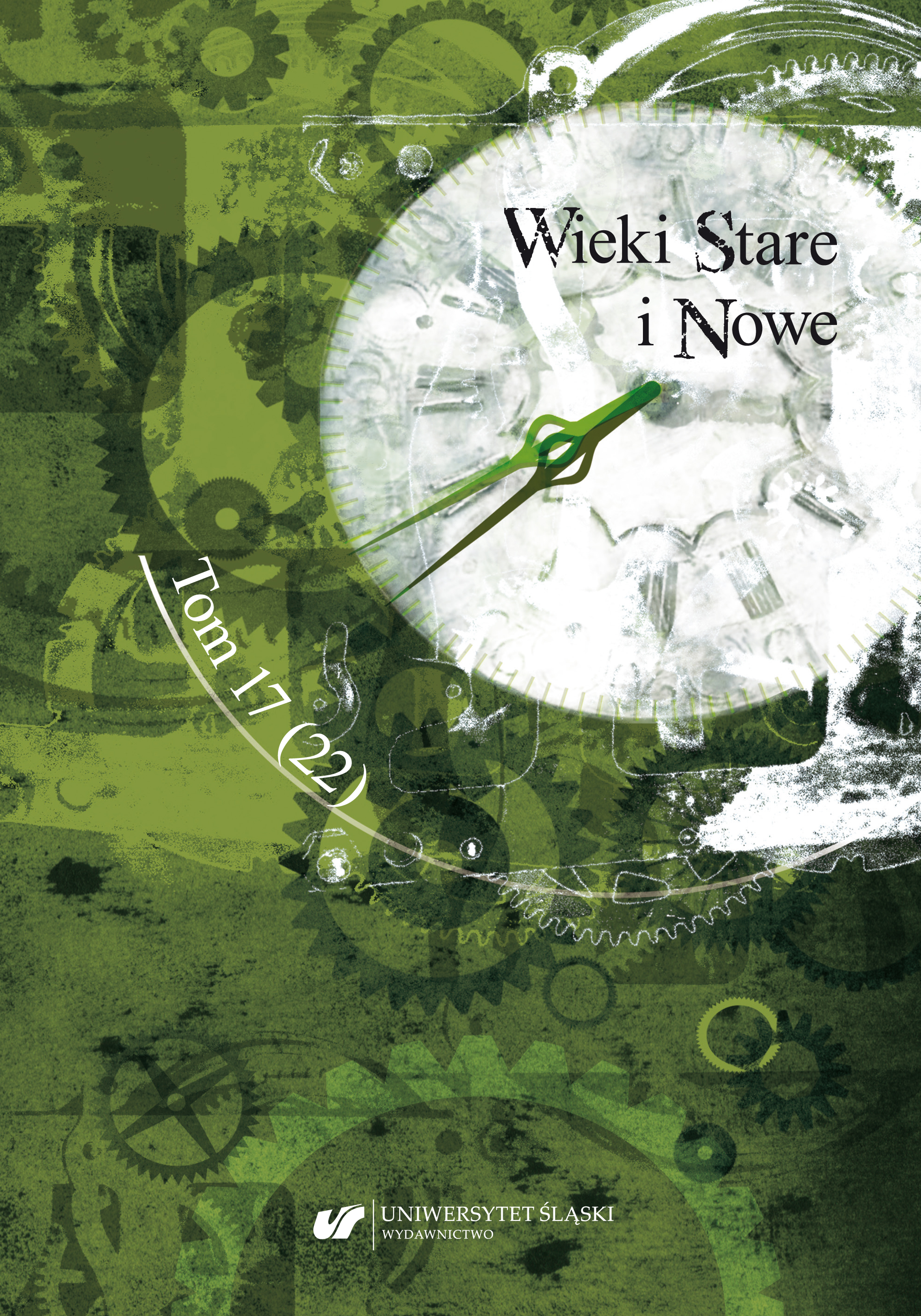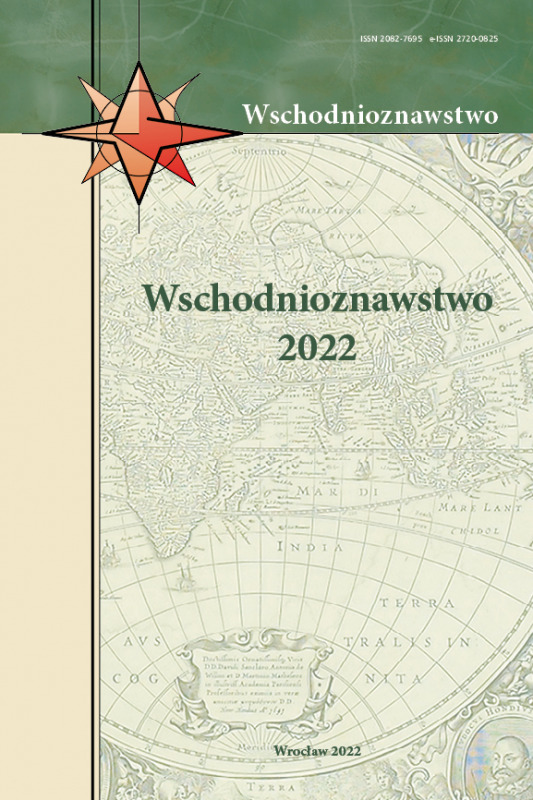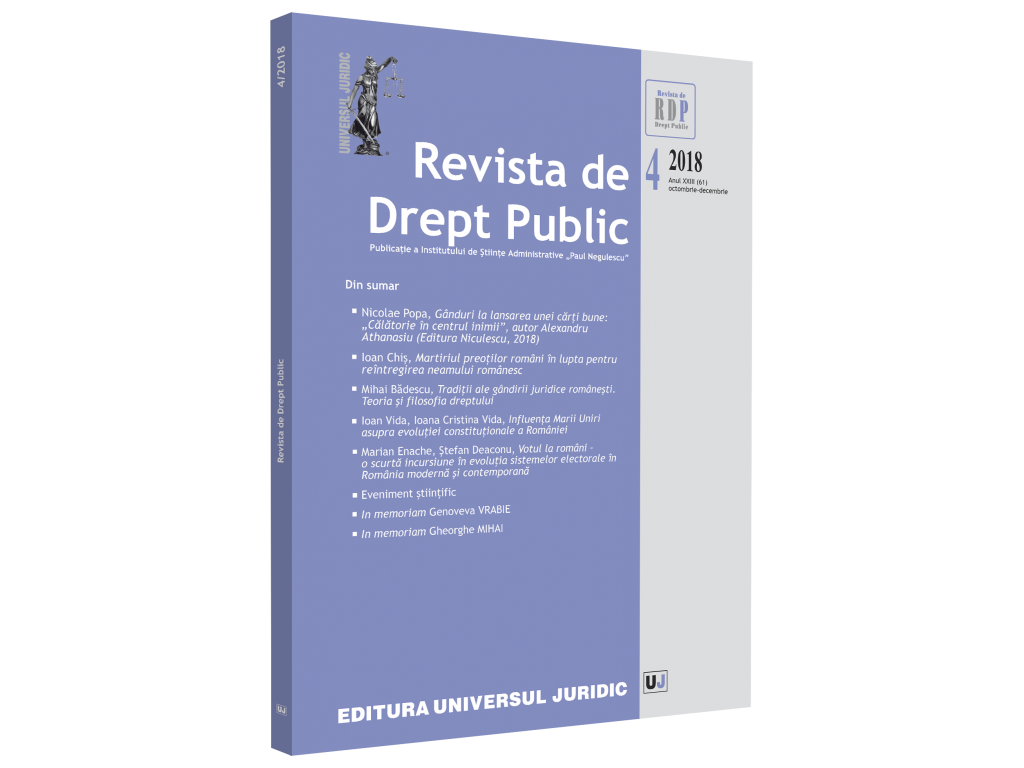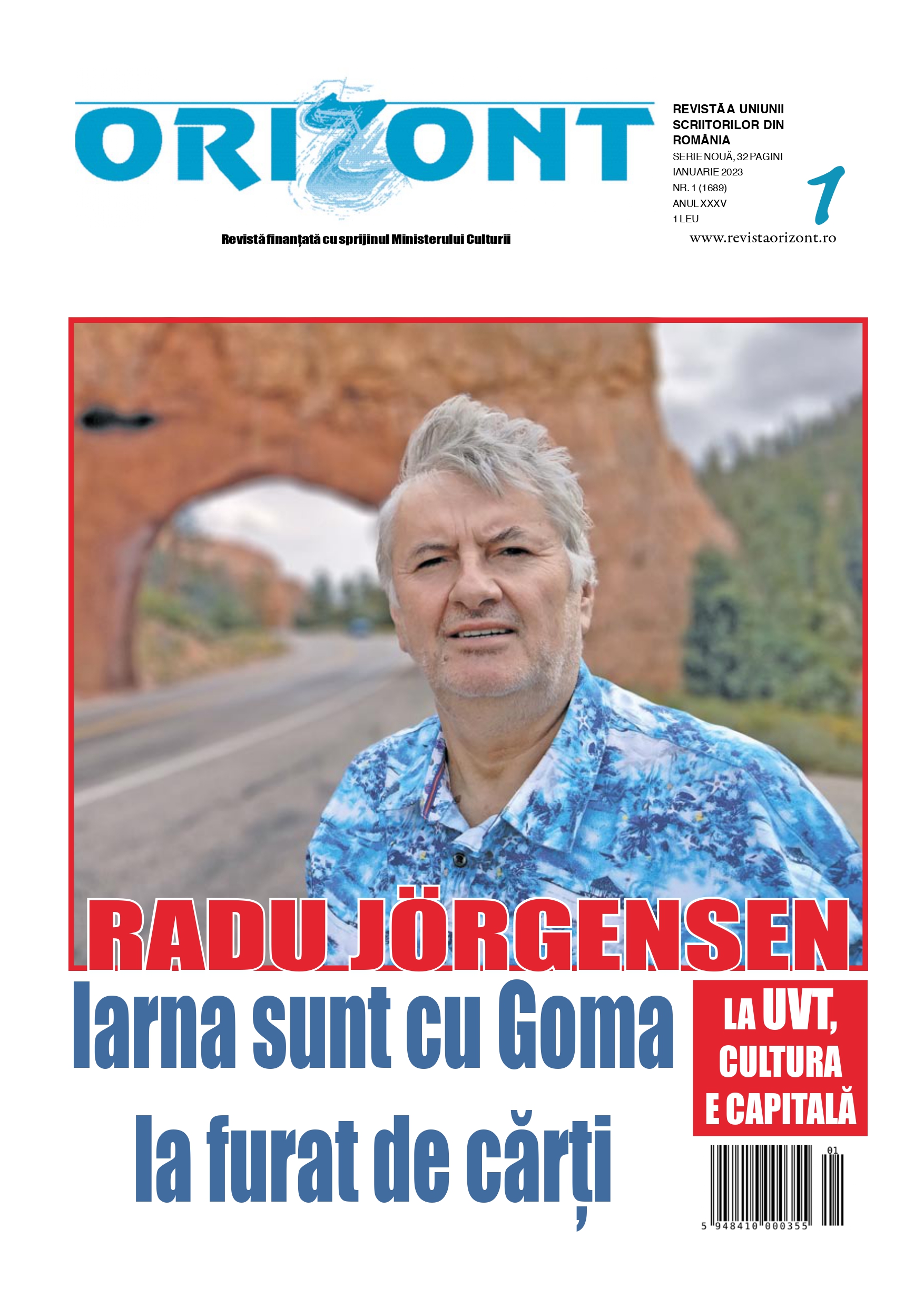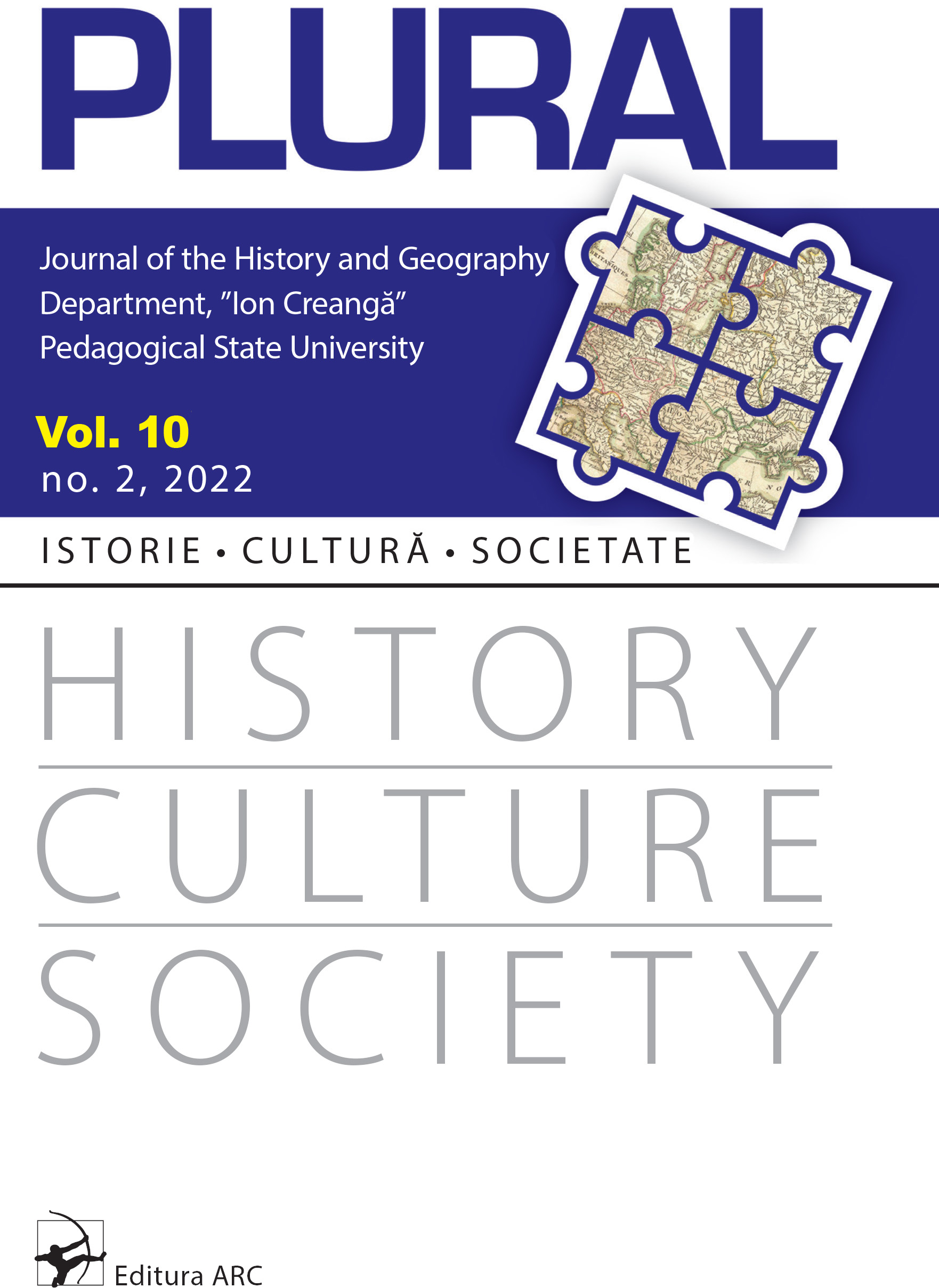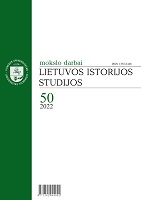Политическая деятельность Мустафы Чокая в период эмиграции в Франции
Mustafa Chokai was the leader and creator of the first emigration Turkestan center in Paris. His goal was the creation of independent national statehood in Turkestan. Mustafa Chokai fought for the freedom of the Kazakh, Uzbek and other Turkic peoples, made every effort to reveal to the world public the hidden sides of the policy of the Bolsheviks in Soviet Russia in relation to non-Russian peoples. The creation of the Turkestan Legion from prisoners of war during World War II is associated with the name of Mustafa Chokai. It is the works of Mustafa Chokai that give an objective description of these processes, which have seriously damaged the historical consciousness of the people. For this reason, the need to study the political science heritage of Mustafa Chokai is a need of the time. Of greatest interest to historians is the mushroom of political activity of Mustafa Chokai in the ranks of the anti-Bolshevik movement "Prometheus", uniting in Europe the heads of national autonomies defeated by the Red Army from 1917 to 1921. The ideology of the Promethean movement was directed towards the formation of peoples fighting for national self-determination civic culture. The study revealed archival materials relating to the political activities of Mustafa Chokai in France
More...
